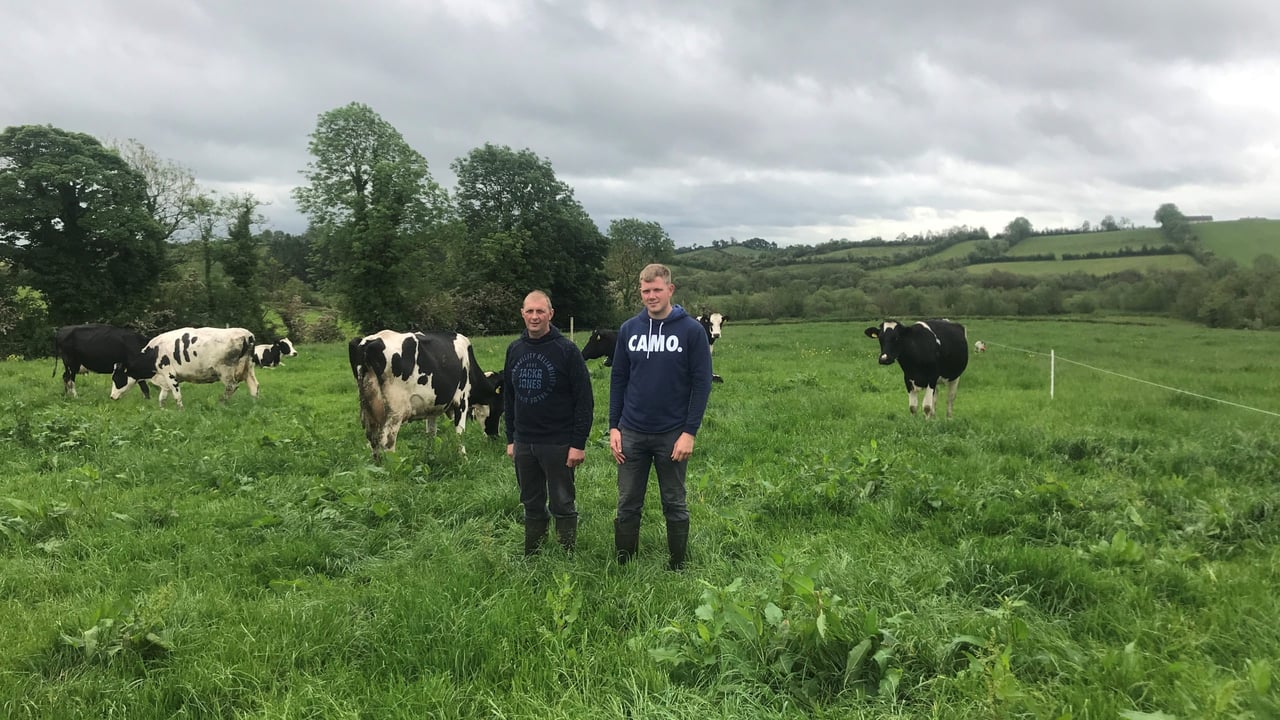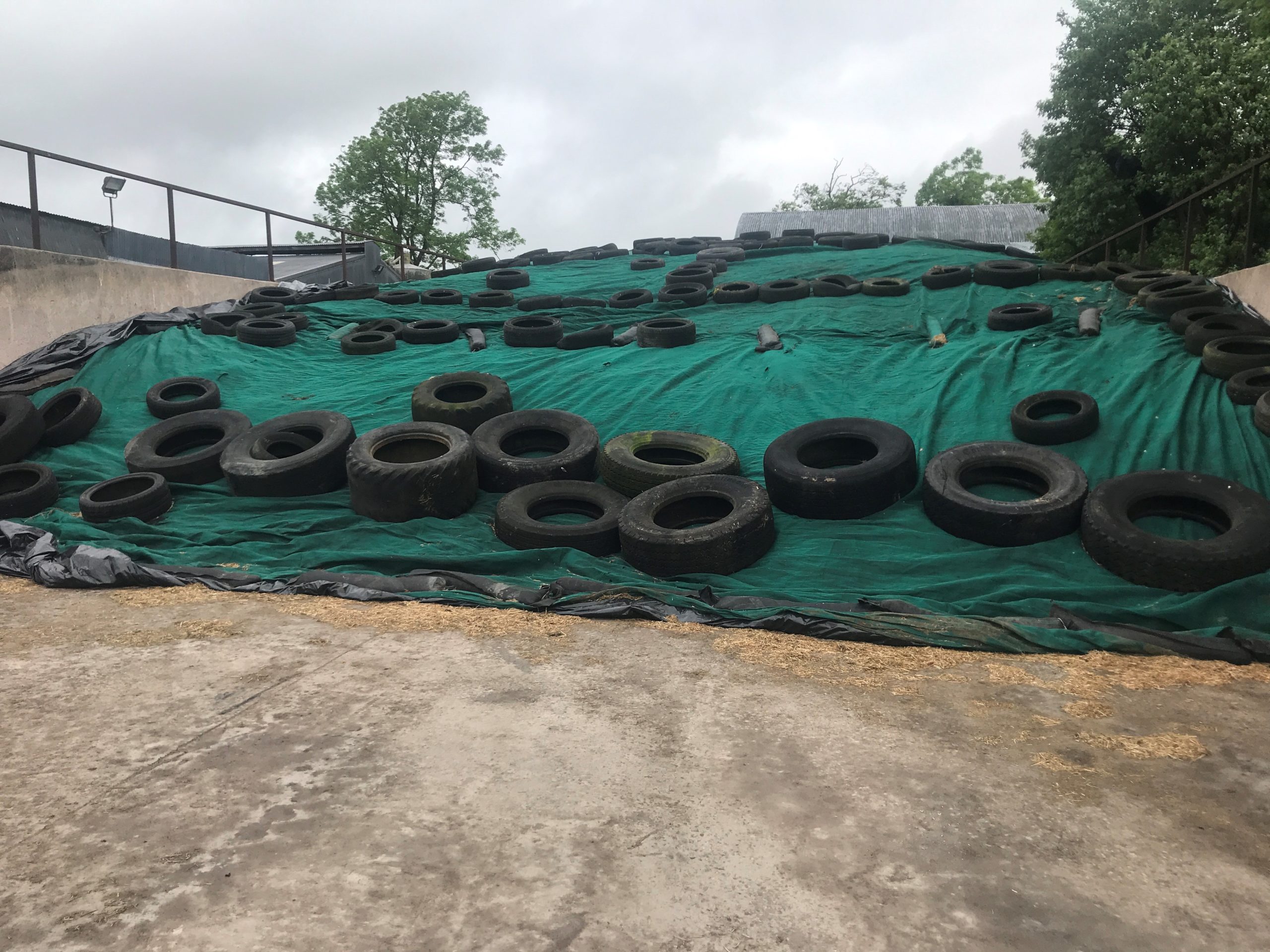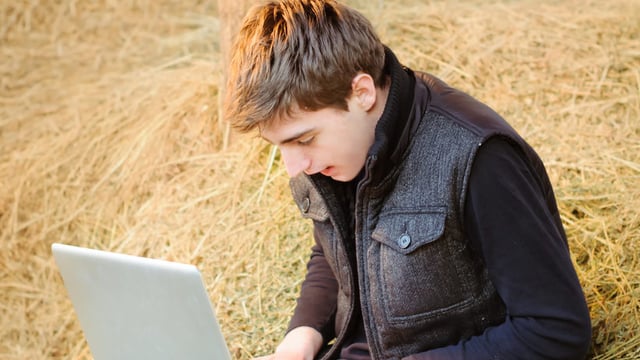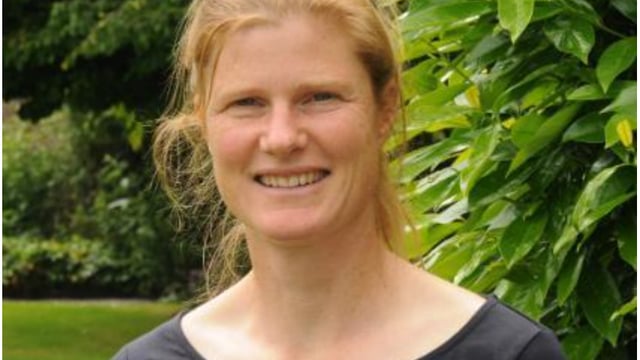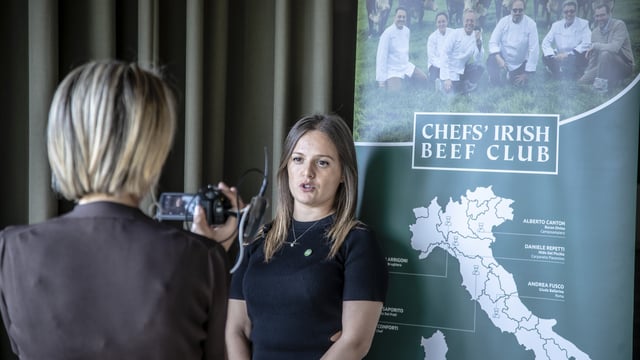Dairy Focus: 'Winter milk production suits our farm'
In this week’s Dairy Focus, Agriland made the trip to meet Noel and Jason Wilkin on their dairy and sheep farm in Co. Monaghan, to gain some insight into their winter milk production and conversion from beef to dairy farming.
On the farm, located between Clones and Ballybay, the Wilkins are milking 110 Holstein Friesian cows and keep a flock of 180 Suffolk-cross Cheviot ewes.
The home block is used to graze the milking herd with all the sheep and replacements kept off the home block, on land under a long-term lease.
Sucklers and sheep
Speaking to Jason about some of the history of the farm, he said: ''My father started farming about 25 years ago and did a lot of work on drainage and reseeding.
''We were originally farming sucklers and sheep here, my father had 80 Simmental cross Limousin cows, which were then bred to Charolais bulls, with between 70 and 80 ewes also being kept.
''In 2008 we bought quota, all the sucklers were sold as in-calf/ springers and 55 Holstein Friesian heifers were bought in," Jason continued.
''We started milking in February 2009, and have built-up the cow numbers since then.''
Starting into milk
Reflecting on how the Wilkins started dairy farming, Jason said: ''We bought a second hand parlour and converted three of the existing sheds into cubicles; it was a lot of work to make them suitable for dairy cows.
''We have increased cow numbers over the last number of years, so two years ago, we built a new cubicle shed to hold 56 cows.
''We have also had a couple of knocks with TB, it would be a fairly common problem around here - luckily, we always had enough heifers coming through.
''When we had the sucklers and sheep, Dad was working as a builder and continued to do so until 2013, when the farm became too busy.''
Winter milk
Commenting on the winter milk production system being operated on the farm, Jason stated: ''We are operating a split calving system here on the farm, with 60% of the cows calving in the spring and 40% calving in the autumn, to supply winter milk.
''We would like to increase the amount of winter milk we produce and go 50% in spring and 50% in autumn. Winter milk production suits our farm and we are very happy with the winter bonus Lakelands offers us.
''The cows are in the shed anyway, I know grass is the cheapest feed but winter production just suits us and our cow type.
''We also find that when the autumn-calvers get turned to grass, you see a second peak.''
Production and breeding
Speaking about the production and breeding of the cows, Jason said: ''The cows we started with were very high-type Holstein Friesians. They were a very common cow in the area at the time and we have been very happy with them.
''But, we are now trying to breed a squarer cow, we have moved towards high economic breeding index (EBI) bulls to increase our solids but are still trying to hold volume.
''When picking artificial insemination (AI) bulls we are looking for 300kg plus in milk, with good percentages. Once we are finished with AI we have three high EBI stock bulls and a Limousin bull,'' he added.
Jason continued: ''We have been using sexed semen on all the heifers and some cows and have been very happy with the results
''We feed the autumn calvers a total mixed ration (TMR) of silage, straw, 21% concentrate and then a 19% concentrate in the parlour.
''We used to feed brewers grain and sugar beet but our nutritionist moved us onto concentrates only, which has worked really well.''
Jason's addiction
Although Noel had sold the suckler and sheep animals in 2008 to make room for the dairy cows, Jason made the decision to buy back in some sheep, describing it as his addiction. Commenting on this he said: ''We [I] have 180 ewes currently, they are a Suffolk cross Cheviot and I usually buy them at the Borris sheep sale.
''We are short on housing so I have 80 early lambing ewes starting in January, and these lambs are usually sold to the butcher.
''The remaining 100 ewes are mid-season lambing, with lambing starting from March onwards; these lambs are killed in ICM in Navan.
''I am also buying-in up to 300 store lambs from Dowra Mart and Donegal, these lambs are also killed in ICM,'' he added.
''I have started buying some store lambs, but it is a risky game with the prices of stores at the minute - they are making as much as you got for them in the factory last year.''
Working off-farm
Jason attended Ballyhaise Agricultural College in 2016 to complete his green cert, with the intention of returning home to farm full-time alongside his father.
Jason currently works off the farm full-time in construction. Speaking about this he said: ''I had planned to return home full-time, but the farm was not in a place yet were it could support two families.
''The plan is to get up to 120-130 cows and get the ewes up to 200 [so] I could then return home full-time.
''Working off-farm full-time means you are very busy working late into the evening and then a long day on Saturdays.''
Looking ahead
Looking to the future of the farm, Jason said: ''For the last number of years we were milking around 80 cows, with that increasing to 110 in the last couple of years.
''We are planning on increasing to 120-130 but that would require more cubicles to be built and extending the parlour.
''The current parlour is only a six-unit, but there is room to go to twelve, anything bigger than that and we would have to build a new shed,'' he continued.
''We would like to increase the amount of winter milk we are producing, the cows are in anyway and we like milking cows over the winter.
''The soil here is very heavy, last year we started feeding silage in August, drying off and housing some of the autumn-calvers takes the pressure off the grazing block and means the spring-calving cows can stay out for longer.
''We are trying to breed a smaller, squarer cow, that will hold the volume but increase percentages. We are now picking high EBI sires to breed with our best cows to achieve this.
''For our system the volume is important, but so is having good percentages and having a slightly smaller cow that is achieving this should suit our land and us better,'' he concluded.

